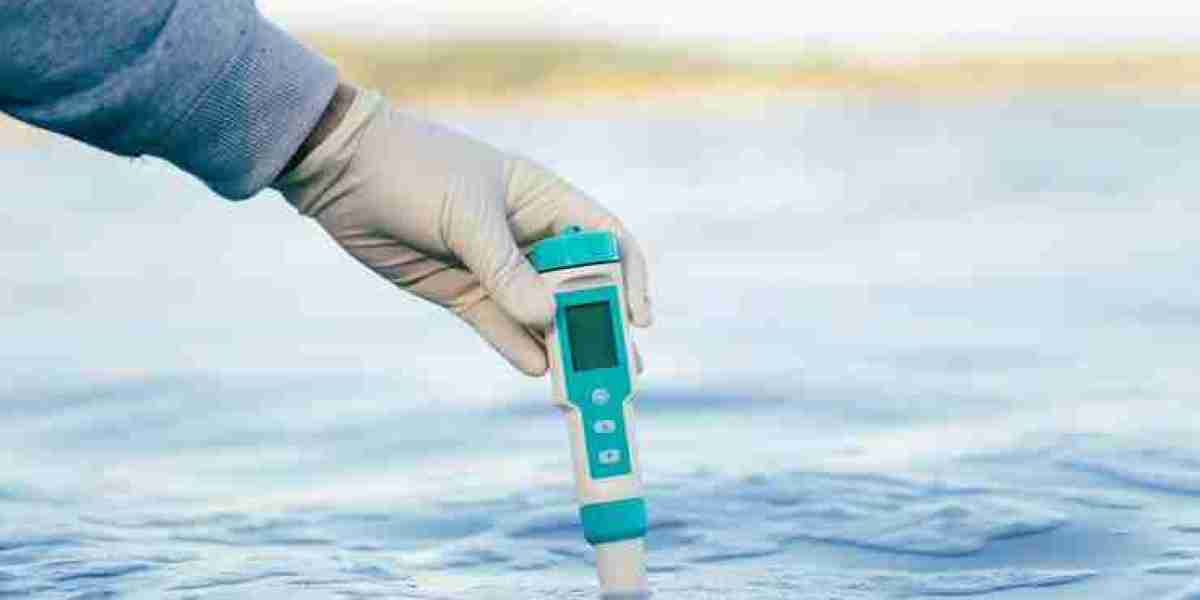Water is essential for life, but it’s not always as clean as it appears. Contaminants can sneak into drinking water from natural sources, industrial waste, or aging plumbing systems. Fortunately, modern water testing equipment can detect a variety of harmful substances, helping ensure safe and healthy water for drinking, cooking, and other uses.
In this article, we’ll explore six common contaminants that water testing equipment can identify and why it’s crucial to monitor your water quality.
1. Lead
Lead contamination is a serious concern, especially in homes with old plumbing systems. Pipes and fixtures containing lead can leach this toxic metal into the water supply, posing significant health risks. Lead exposure can lead to:
Developmental issues in children
Neurological problems
High blood pressure and kidney damage in adults
Water testing kits specifically designed for lead detection can help homeowners and businesses identify and address this issue before it becomes a health hazard.
2. Bacteria and Microorganisms
Harmful bacteria like E. coli and Salmonella can infiltrate water sources due to sewage leaks, agricultural runoff, or contaminated wells. If consumed, these pathogens can cause severe gastrointestinal illnesses, including nausea, diarrhea, and vomiting.
Water testing equipment uses advanced microbial detection methods to identify bacteria, ensuring water safety for households and businesses. Regular testing is especially important for well owners who rely on private water sources.
3. Nitrates and Nitrites
Nitrates and nitrites are commonly found in fertilizers, septic systems, and agricultural runoff. High levels in drinking water, especially for infants and pregnant women, can lead to blue baby syndrome, a condition that reduces the blood’s ability to carry oxygen.
Testing for nitrates and nitrites is essential in rural areas where agricultural activity is prevalent. Water testing equipment can quickly detect unsafe levels, allowing for timely intervention.
4. Chlorine and Chloramine
Municipal water treatment facilities use chlorine and chloramine to disinfect water and kill harmful bacteria. However, excessive levels can cause:
Skin and eye irritation
A strong chlorine taste and odor
Potential long-term health effects from chlorine byproducts
Water testing kits help measure chlorine levels to ensure they remain within safe limits. If levels are too high, filtration systems like activated carbon filters can help remove excess chlorine.
5. Heavy Metals (Arsenic, Mercury, and Cadmium)
Apart from lead, other heavy metals like arsenic, mercury, and cadmium can contaminate water due to industrial pollution, mining activities, and natural geological processes. These metals are toxic and can cause severe health problems, including:
Liver and kidney damage
Neurological disorders
Increased cancer risk
Advanced water testing equipment can detect these metals at very low concentrations, ensuring prompt action to remove them from drinking water.
6. Pesticides and Herbicides
Agricultural chemicals, such as pesticides and herbicides, can seep into groundwater and contaminate drinking water sources. Prolonged exposure to these chemicals has been linked to:
Hormonal imbalances
Increased cancer risk
Neurological disorders
Regular testing for these contaminants is crucial, particularly for those living near farms or agricultural areas. Many home water testing kits are capable of detecting harmful pesticide residues.
Why Regular Water Testing Is Essential
Testing your water regularly ensures that it is safe for consumption and free from harmful contaminants. Whether you rely on municipal water or a private well, investing in reliable water testing equipment can help:
Protect your family’s health
Identify contamination sources early
Ensure compliance with water safety standards
Improve the taste and quality of your drinking water
Final Thoughts
Water contamination is a hidden danger, but with the right water quality testing equipment, you can detect harmful substances and take the necessary steps to purify your water. Whether it’s lead, bacteria, or pesticides, regular testing is key to ensuring clean and safe drinking water for you and your loved ones.






